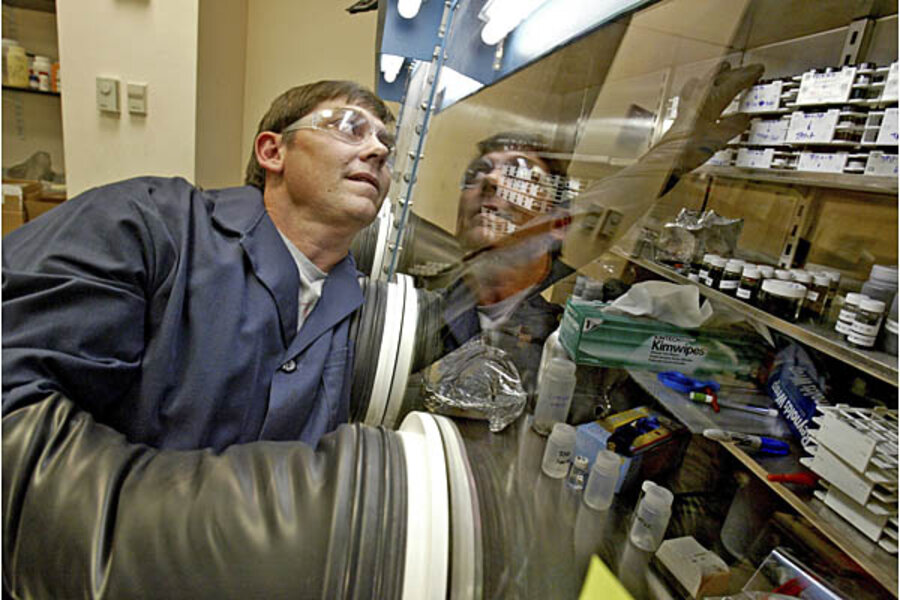What does A123 bankruptcy mean for Fisker?
Fisker Automotive has had more than its share of trials and tribulations of late.
Now, a new threat has emerged that holds the potential to harm the company severely, by cutting off its supply of lithium-ion battery packs.
A123 Systems, its bankrupt battery supplier, wants to end the contract under which it supplies the Fisker's battery.
As reported a few days ago in the Dow Jones Daily Bankruptcy Review, Fisker objected in U.S. Bankruptcy Court to A123's bid to scrap the supply contract.
"In so doing, [A123] will saddle [its] estates and creditors with a claim of as much as, if not more than, $100 million," said Fisker in its filing, "and severely harm Fisker."
Fisker has no other battery supplier, and the company is in the midst of a recall of 2,000 cars to replace defective packs manufactured by A123.
That recall cost A123 more than $50 million, and was a contributing factor to the company's bankruptcy filing last month.
The Chapter 11 bankruptcy process allows companies to reject contracts that are below market value, but Fisker says there's no reason for A123 to do so until its automotive battery business is purchased by another company.
The buyer is likely to be either global auto-parts supplier Johnson Controls or China's largest auto parts company, Wanxiang Group Corp.
And if A123 succeeds in breaking the contract, Fisker's lawyers say the carmaker will immediately claim a "contract rejection damage claim in excess of $63 million" as well as $52 million for the cost of the battery pack recall.
Fisker suggests the move by A123 is no more than a negotiating tactic, and should be rejected by the court.
The claim will be decided tomorrow at a Bankruptcy Court hearing in Wilmington, Delaware. (READ MORE: 2012 Fisker Karma - Full Review)
Among other woes, Fisker lost more than 300 cars to floods and fire at the Port of Newark afterHurricane Sandy inundated a storage area where the cars were being kept.
In September, Consumer Reports slammed the Fisker Karma in a remarkably negative review, calling it "full of flaws" and deeming its touchscreen controls an "ergonomic disaster."
In August, a fire that badly damaged a 2012 Fisker Karma outside a store in Silicon Valley was attributed by the factory to a short circuit in a cooling fan in the engine compartment. Fisker recalled its cars to replace the fan.
That same month, Fisker named its latest CEO, Tony Posawatz, the second new CEO within a year after cofounder Henrik Fisker stepped aside.
An earlier Karma fire, in Sugar Land, Texas, burned the car to the ground, damaging the garage and house in the resulting conflagration. Fisker and owner Jeremy Gutteriez remain on adversarial terms.
In March, Consumer Reports bought its own Fisker Karma to test, which went dead midway through the first day of driving during a routine highway speed test.
The 2012 Fisker Karma went on sale roughly a year ago. Though Fisker will not say how many cars it has built or sold, the number is probably about 3,000.





